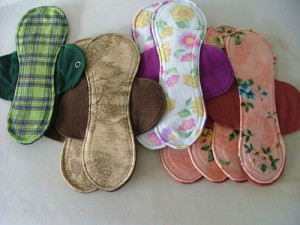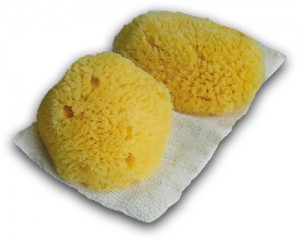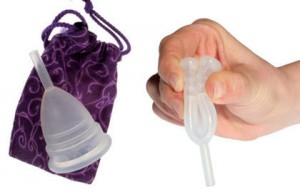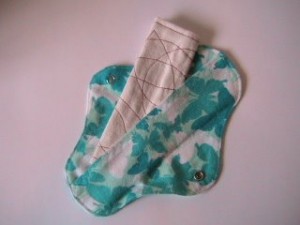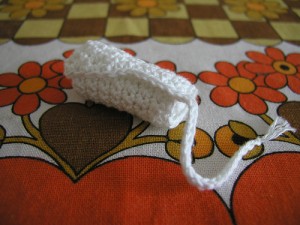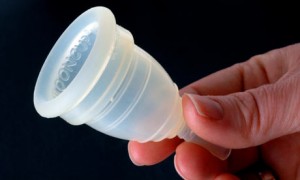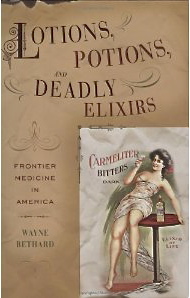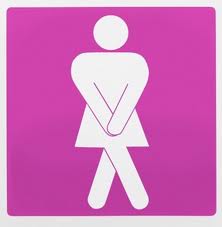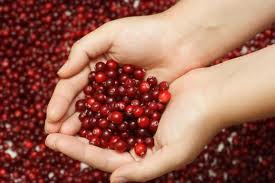Last week I wrote Part 1: Options, about alternative reusable menstrual products from a prepper perspective. However, potential users of a new alternative feminine hygiene product will also want to know how well it performs/functions. That is what I am here to discuss this week.
FIRST – OUR CHOICES:
Disposables
- Pads & Tampons – semi-synthetic rayon
- Pads & Tampons – cotton
- Menstrual Cups – elastomer
Reusables
- Pads – cotton
- Tampons – natural sea sponges or cotton
- Menstrual Cups (bell-shaped cup used internally) – natural latex rubber or medical-grade silicone
Let’s compare our options, shall we?
SECOND – REVIEWING PERFORMANCE:
1. Comfort
- Interior winner – Menstrual Cups. No internal options are felt, but cups win because they are non-drying and do not interfere with one’s healthy and natural lubrication or secretions.
- Exterior winner – Unclear. It’s a trade-off; next to sensitive skin the winner is probably the more bulky cotton pad that is soft and breathable. But some prefer the thinner, less breathable rayon, but it does have potential irritants.
2. Convenience
a) Capacity
Winner – Menstrual Cups. The 1-ounce cups have double the capacity of a max-absorbency tampon. That means half the bathroom trips!
b) Portability and Active Living
Winner – Menstrual Cups. You only need one cup at any time, they are easy to clean and there is no trash to hide. Cups are popular with outdoor enthusiasts, including wilderness backpackers. Also, the non-drying cup can be put in the day before you expect your period.
3. Cost
Winner – Menstrual Cups. Both reusable cups and pads last at least 5 to 10 years. A cup costs about $30 to $40; a commercial set of reusable pads about 2 to 3 times that. A set of two sponges costs $13 and last 3 to 12 months.
4. Health
a) Hygiene
Winner – ALL. No menstrual products are sterile; however they are all sanitary with proper care.
b) Harmful Substances
Winners – Reusables. Processing rayon requires a lot of chemicals that are potential toxins or irritants that may leave traces in the final product.
c) TSS and Microbes
Internal Winner – Menstrual Cup. The cups smooth surface does not lend itself as easily to microbial growth; tampons, especially high-absorbency, seem to be associated with TSS, along with causing micro-abrasions.
d) Odor
- Internal winner – Menstrual Cup. The menstrual fluid is not exposed to any air, which eliminates odor.
- External winner – Cotton pads. Cotton allows moisture to evaporate, which reduces odor.
5. Environmentally friendly
Winners – Reusables
6. Anatomical Fit Concerns
For cups a good rule-of-thumb is if the person (this includes virgins) has no problems using tampons then they should be able to use cups. If you can’t use disposable tampons, but dislike pads, consider trying sea sponge tampons. At the bottom I’ve included a link to a positive review of them by a women affected by pelvic organ prolapse.
7. Learning Curve
Cups are more hands on, and require you to be comfortable, or willing to become so, with your body and intimate anatomy. Most users say it takes 2-3 cycles to get the hang of easily inserting and removing them.
8. Customer Service
Winner – Reusables. Companies of reusables are knowledgeable and helpful. They have to be, they mostly advertise by word of mouth.
9. Care, Cleaning, and Storage
Reusable winner – Menstrual Cup. The cup’s smooth surface is simple to clean. It is also easier to care for away from home than the reusable absorbent options. In a pinch, after emptying, if both the cup and your clean hands do not come into contact with anything else then it isn’t necessary to wash the cup before reinserting.
10. OKAY, but are they pretty?
Really…? Sigh. Yes! They have cute pouches. Many pads do come in awesome colours and patterns. A few cups come in bright pretty colours. Sponges, I think, already look decorative. And then you can make your own pads, tampons or carry pouches as beautiful as you like. What I find beautiful is how well reusables work. The disposable synthetic products, to me, are a disappointment, not just environmentally but from a health and performance point of view.
Disclaimer: I claim no special medical knowledge. I wrote from my personal experience with rayon products and menstrual cups; most of the rest was obtained from Internet research.
RESOURCES
Disposable 100% cotton pads and tampons:
Disposable menstrual cup: http://www.softcup.com/faqs
Reusable cloth pad brands:
- http://lunapads.com/tips-and-advice/lunapads-overview
- http://gladrags.com/faq.html
- http://www.newmoonpads.com/FAQ.html
- http://www.partypantspads.com/faq
Pads4Girls: http://lunapads.com/about-us/donate-pads
To make your own cloth pads:
- http://www.sleepingbaby.net/jan/Baby/PADS.html
- http://www.downsizer.net/index.php?option=com_content&task=view&id=128
- https://sites.google.com/site/shewhorunsintheforest/006
- http://fuzbaby.com/articles/make-your-own_cloth-menstrual-pads.htm
Reusable sea sponge tampons
- http://www.jadeandpearl.com/catalog/sea_pearls_faq.php
- http://www.raisingmyboychick.com/2010/07/sea-pearls-menstrual-sponges-a-review/
Reusable menstrual cups
- http://divacup.com/how-it-works/your-first-questions/
- http://www.keeper.com/faq.html
- http://www.ladycup.eu/FAQ.aspx
- http://www.lunette.com/index.php?id=27
- http://www.mooncup.com/q&a.html
- http://menstrual-cups.livejournal.com/
Lastly, the following is a link to a story with a very rare concern with tampons that is not about rayon, dioxins, chemical irritants or even TSS bacteria. Open at your own risk of being utterly and horrifyingly grossed out: http://www.wfaa.com/news/consumer/Test-Results-Confirm-Mold-on-Tampon-147404735.html

